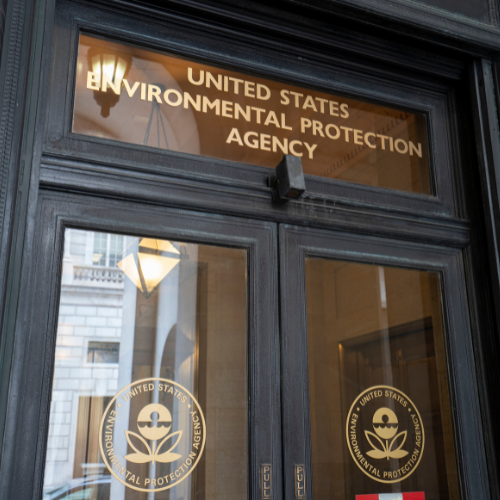For many workers in numerous fields, the thought of asbestos exposure can be terrifying – worrying about the potential of life-threatening illnesses. These workers, however, might have exposed friends, family members and other loved ones without even realizing it. What is secondary asbestos exposure and who’s at risk?
What is secondary exposure?
With increased understanding of the dangers of asbestos exposure workers and companies alike often take steps to lessen the hazards. Unfortunately, while the worker might be protected, his or her loved ones might be at risk.
Individuals who come directly in contact with asbestos fibers have suffered primary exposure. A worker who unknowingly brings asbestos fibers home puts the residents of the home at risk. This is known as secondary exposure. Secondary exposure can lead to the same diseases as primary exposure including mesothelioma, lung cancer and asbestosis.
Many terms can be used to describe secondary exposure, including:
- Household exposure
- Domestic exposure
- Take-home exposure
- Indirect exposure
- Paraoccupational exposure
- Secondhand exposure
It is not uncommon for secondary exposure to be confused with environmental exposure or community contamination. Environmental exposure refers to the situation when people come in contact with naturally occurring asbestos deposits. Community contamination, on the other hand, happens when a processing plant or asbestos mine contaminates a region.
How can secondary exposure be prevented?
While secondary asbestos exposure is less common today than it was decades ago, both employees and employers must remain vigilant in protecting others from harm. There are several processes in place, including:
· Employers are required to provide changing rooms in which workers can remove contaminated clothing before going home for the day.
· Employers are required to provide shower facilities so employees can ensure no asbestos fibers are trapped in their hair or on their skin.
· Employers are required to use special laundering services to properly clean contaminated work clothes.
Workers must be aware that a simple hug for a loved one when coming home from work might prove deadly. The risk of asbestos exposure goes far beyond the walls of your workplace.














